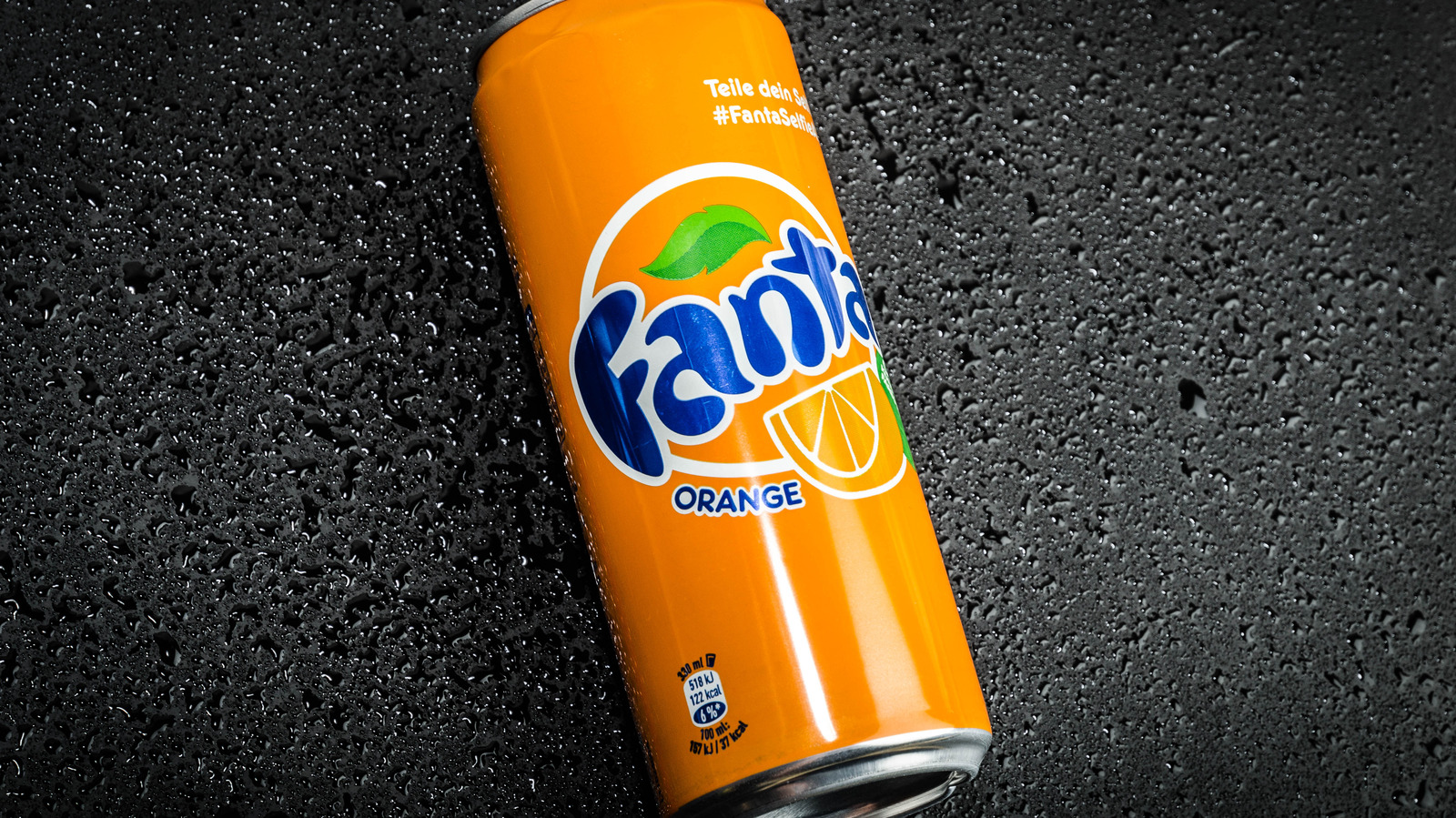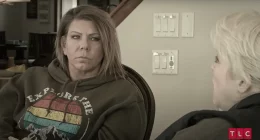
Quick: What do you get when you chuck a whole bunch of wartime rations together? As All That’s Interesting lists, we’re talking beet sugar, whey left over from cheese production, “fruit shavings,” and “apple fibers and pulp from cider pressing.” Chunk them in a blender, hit “on,” and you’ve got the original recipe for a drink that’s not doing too Fanta-stically in the present, judging by Coca-Cola’s 2022 Q3 financial report. But even when Fanta hit the German market in the 1940s, it had to contend with the memory of the undisputed king of saccharine beverages — Coca-Cola, itself a drink that had been marketed as “worthy of being consumed by the German people,” per All That’s Interesting. Salesman Joe Knipp pitched the name “Fanta” — German for “fantasy” — and that was that.
Read Related Also: John Eastman weighs in on Georgia RICO trial date with jab at Trump and concerns about Secret Service bogging everything down
Despite being an inferior beverage, Fanta thrived during wartime because “It was Fanta or nothing,” as Atlas Obscura quotes author Tristan Donovan in “Fizz: How Soda Shook Up the World.” Coca-Cola GmbH, the company’s German division, couldn’t replicate Coca-Cola’s secret recipe because its American office in Atlanta blocked communication with them and stopped all shipments of the pop to Germany. Fanta, which used ultra-cheap beet sugar, became the only domestic sweet drink around and was even poured into recipes for soup and bread. By 1943, the drink had sold almost 3 million cases and single-handedly saved Coca-Cola GmbH from a sure death.








